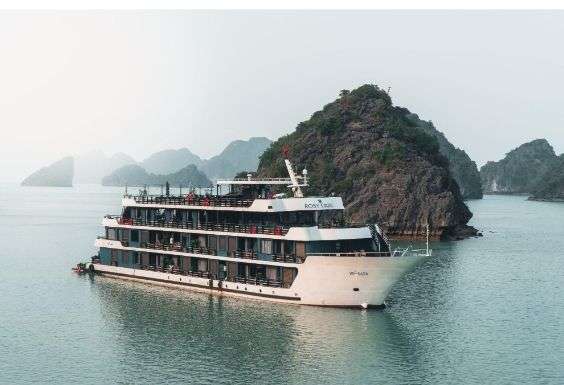North America, the third-largest continent on Earth, is home to a diverse array of countries, each with its own unique history, culture, and geography. In this article, we will explore the countries in North America in detail, shedding light on their individual characteristics.
Contents
United States of America:
The United States, often referred to as the USA, is the most populous and economically powerful country in North America. It consists of 50 states and a federal district (Washington, D.C.). Its geography spans from the Atlantic Ocean to the Pacific Ocean, with diverse landscapes ranging from mountains to plains.
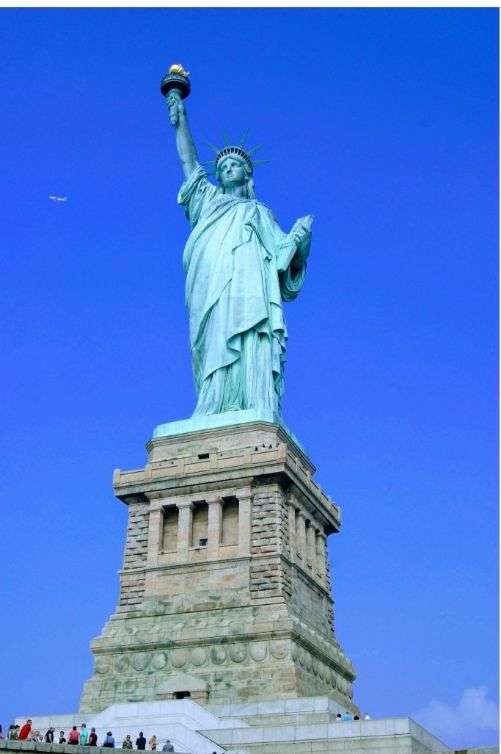
Canada:
To the north of the United States lies Canada, the second-largest country in the world by land area. Known for its stunning natural landscapes, including the Rocky Mountains and Niagara Falls, Canada is a parliamentary democracy and a constitutional monarchy. It is divided into ten provinces and three territories, each with its own distinct character.

Mexico:
To the south of the United States is Mexico, a country with a rich history and vibrant culture. Mexico is known for its ancient civilizations, such as the Aztecs and Mayans, as well as its beautiful beaches and diverse ecosystems. It is composed of 31 states and one federal district, with Mexico City serving as the capital.
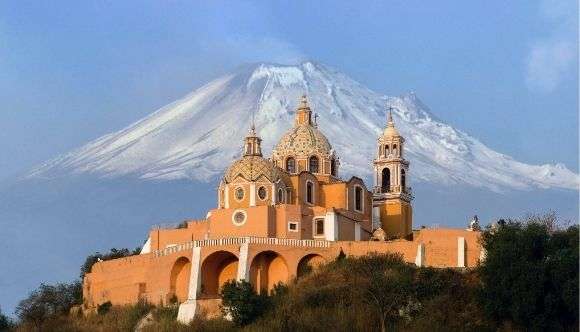
Greenland:
Though geographically part of North America, Greenland has strong historical and cultural ties to Europe. Its landscape is dominated by ice sheets and glaciers, making it a unique and remote destination.
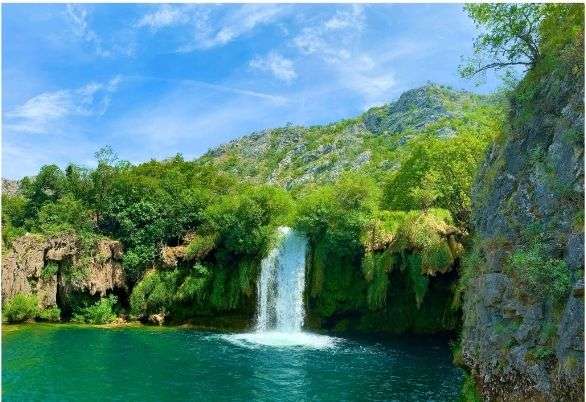
Guatemala:
Situated in Central America, Guatemala is a country with a rich indigenous heritage. It is known for its archaeological sites, including the ancient city of Tikal, as well as its diverse ecosystems ranging from tropical rainforests to volcanic landscapes.
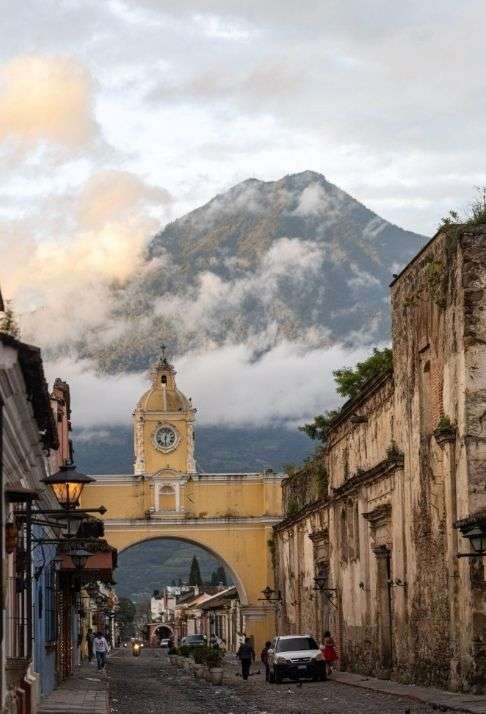
Belize:
Belize, located on the eastern coast of Central America, is known for its stunning barrier reef, the second-largest in the world. English is the official language, and the country boasts a unique blend of Caribbean and Central American cultures.
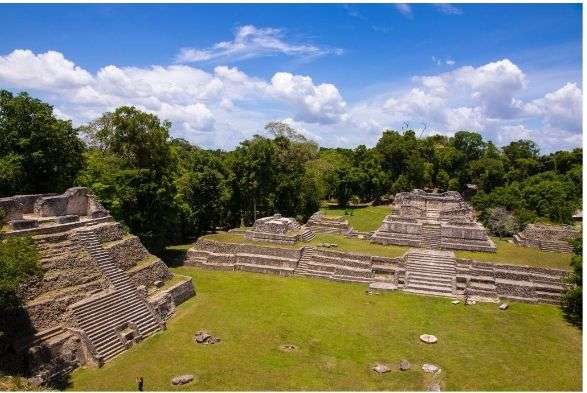
El Salvador:
El Salvador, the smallest country in Central America, is known for its volcanic landscapes and Pacific coastline. Despite its size, El Salvador has a dense population and a history marked by both ancient and recent civilizations.
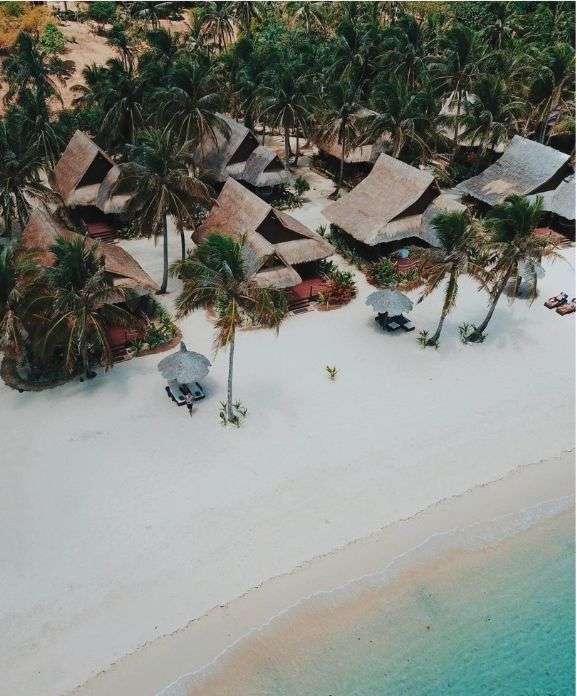
Honduras:
Honduras, located in Central America, is characterized by its tropical climate and diverse ecosystems. The country faces both the Caribbean Sea and the Pacific Ocean, offering a range of landscapes from white-sand beaches to lush rainforests.
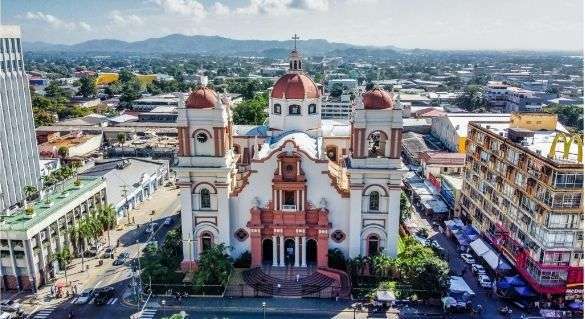
Nicaragua:
Nicaragua, the largest country in Central America, is known for its lakes, volcanoes, and colonial architecture. Lake Nicaragua, one of the largest lakes in the region, is home to freshwater sharks, making it a unique natural phenomenon.
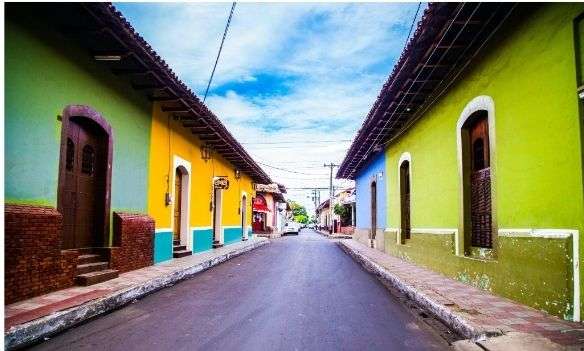
Costa Rica:
Costa Rica, often considered an ecological paradise, is known for its commitment to environmental conservation. It boasts diverse ecosystems, including rainforests, cloud forests, and pristine beaches. Costa Rica is a popular destination for eco-tourism.
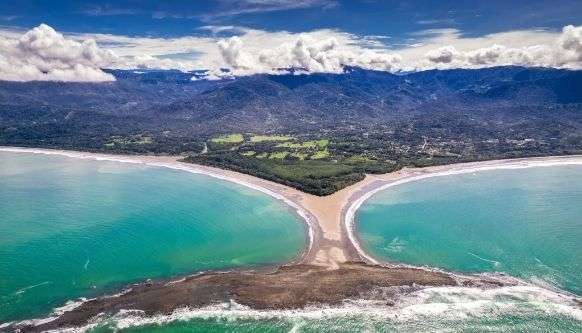
Panama:
Situated at the southernmost tip of Central America, Panama is famous for the Panama Canal, a crucial waterway connecting the Atlantic and Pacific Oceans. The country’s diverse culture reflects its history as a crossroads for trade and migration.

the Caribbean Gems
As we delve into the vibrant and enchanting region of the Caribbean, we uncover a mosaic of tropical paradises, each with its own unique charm and character. From the turquoise waters of Antigua and Barbuda to the rhythmic beats of Jamaica, the Caribbean is a tapestry of cultures, landscapes, and histories. In this article, we will explore in detail the countries that make up this captivating part of North America.
A picturesque twin-island nation, Antigua and Barbuda are renowned for their pristine beaches and coral reefs. Antigua, the larger of the two islands, is characterized by its white-sand shores and vibrant marine life, making it a haven for water enthusiasts. Meanwhile, Barbuda offers a more secluded and tranquil escape, with its pink sand beaches and bird sanctuaries.
The Bahamas:
An archipelago of 700 islands and 2,400 cays, The Bahamas is a haven for sun-seekers and water sports enthusiasts. Boasting a thriving tourism industry, this island nation captivates visitors with its crystal-clear waters, vibrant coral reefs, and a laid-back atmosphere that defines the true spirit of the Caribbean.
Barbados:
Known for its lively culture and stunning beaches, Barbados is a Caribbean gem. The island nation combines a rich history, evident in its colonial architecture, with a vibrant present reflected in its festivals and lively nightlife. The welcoming locals and warm climate make Barbados a perennial favorite among tourists.
Cuba:

As the largest island in the Caribbean, Cuba is a cultural powerhouse with a rich history and distinctive heritage. From the colorful streets of Havana to the lush landscapes of Viñales, Cuba offers a diverse range of experiences. The country’s revolutionary history, classic cars, and vibrant music and dance scenes contribute to its allure.
Dominican Republic:
Sharing the island of Hispaniola with Haiti, the Dominican Republic is a tropical paradise known for its stunning beaches, lush mountains, and vibrant culture. Popular tourist destinations like Punta Cana attract visitors with their luxurious resorts, while the historic capital, Santo Domingo, showcases the country’s colonial past.
Haiti:
Adjacent to the Dominican Republic on the island of Hispaniola, Haiti is a nation with a unique history and culture. Despite facing challenges, Haiti is home to a resilient people, vibrant art scenes, and breathtaking natural landscapes. The Citadel and the Sans-Souci Palace are testament to Haiti’s historical significance.
Jamaica:
Famous for reggae music, vibrant culture, and lush landscapes, Jamaica is a Caribbean jewel. From the vibrant markets of Kingston to the serene beaches of Negril, the island offers a mix of lively energy and laid-back relaxation. The Blue Mountains and Dunn’s River Falls are just a glimpse of Jamaica’s natural wonders.
Puerto Rico:
As a U.S. territory, Puerto Rico boasts a distinct cultural identity and a rich history. Old San Juan, with its colorful colonial buildings, and El Yunque National Forest, a tropical rainforest, showcase the island’s diversity. Puerto Rico is a blend of Spanish, Taíno, and African influences, creating a unique and vibrant culture.
Trinidad and Tobago:
A dual-island nation with a rich cultural heritage, Trinidad and Tobago offer a unique Caribbean experience. Trinidad, known for its lively Carnival celebrations, contrasts with Tobago’s serene beaches and coral reefs. The diversity in culture, cuisine, and landscapes makes this nation a captivating destination.
Conclusion:
North America is a continent with a rich tapestry of countries, each contributing to the region’s cultural, historical, and natural diversity. From the economic powerhouse of the United States to the ancient civilizations of Mexico and the natural wonders of Canada, North America offers a myriad of experiences for those seeking adventure and exploration
Frequently Asked Questions (FAQ) – How Many Countries in North America?
Q1: How many countries are there in North America?
A1: There are 23 countries in North America.
Q2: Can you name some of the largest countries in North America?
A2: The largest countries in North America include the United States, Canada, and Mexico.
Q3: Which country is the most populous in North America?
A3: The United States is the most populous country in North America.
Q4: Are Greenland and the Caribbean countries considered part of North America?
A4: Greenland is considered part of North America, while the Caribbean nations are typically considered a subregion within North America.
Q5: How is North America geographically divided?
A5: North America is geographically divided into three main regions: Northern America, Central America, and the Caribbean.
Q6: What is the smallest country in North America by land area?
A6: Saint Kitts and Nevis is the smallest country in North America by land area.
Q7: Which country in North America has the highest population density?
A7: The country with the highest population density in North America is Bermuda.
Q8: Are there any territories or regions associated with North American countries?
A8: Yes, some North American countries have territories or regions. For example, Puerto Rico is a territory of the United States.
Q9: Which North American country is known for its cultural diversity and technological advancements?
A9: The United States is known for its cultural diversity and technological advancements.
Q10: What is the significance of the Panama Canal in North America?
A10: The Panama Canal is a crucial waterway in Central America that connects the Atlantic and Pacific Oceans. While it’s not a country, it plays a significant role in the region’s geography and trade.
Q11: Are there any landlocked countries in North America?
A11: No, all the countries in North America have access to an ocean or sea.
Q12: Which North American country is famous for its commitment to environmental conservation?
A12: Costa Rica is renowned for its commitment to environmental conservation and is a popular destination for eco-tourism.
Q13: Is the Caribbean part of North America?
A13: Yes, the Caribbean is considered part of North America, but it is often discussed as a subregion due to its unique geography and cultural identity.
Q14: How many territories does the United States have in North America?
A14: The United States has several territories in North America, including Puerto Rico, Guam, and the U.S. Virgin Islands.
Q15: What is the primary language spoken in North American countries?
A15: The primary languages spoken in North American countries vary, but English, Spanish, and French are commonly used due to historical influences.
These FAQs provide a brief overview of the number of countries in North America and some key details about the region’s geography and diversity.
I’m originally from Manchester (England) but I currently live in New York. I started this travel blog all the way back in 2009 to provide travel advice that wasn’t available in the guidebooks.
Since then I’ve traveled to over 60 countries, a lot of the time, solo. My site is filled with destination guides, things to do, epic itineraries and money-saving travel tips. I hope I can inspire you to see the world!






